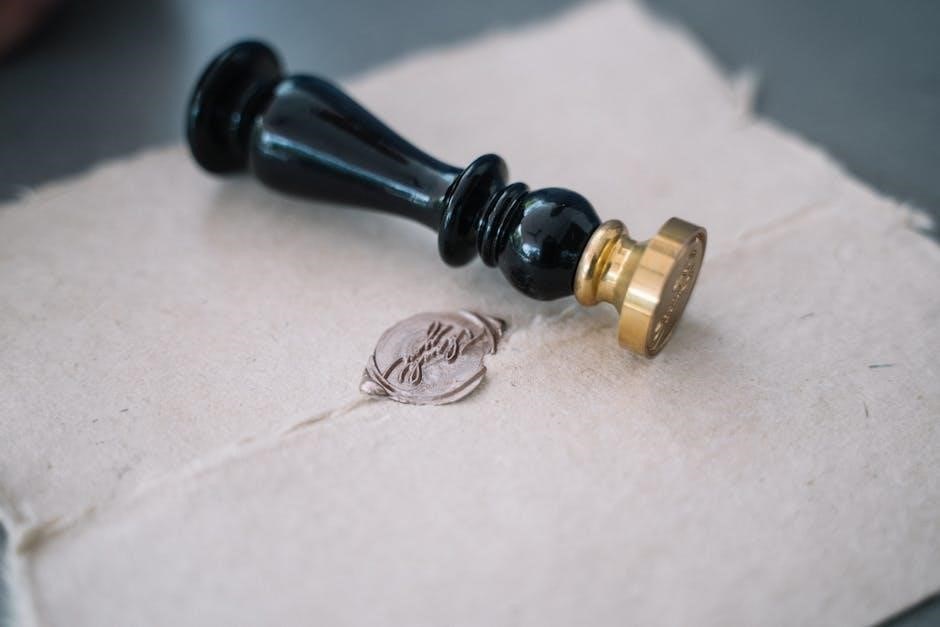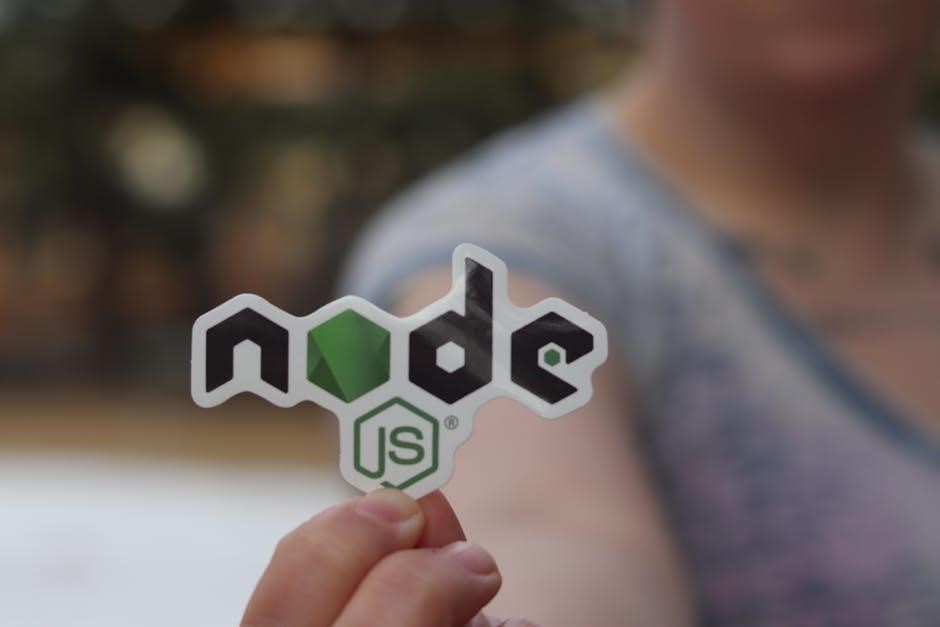Tyranids 10th Edition Codex PDF: A Comprehensive Guide
The 10th edition Tyranid Codex provides updated rules for these biologically overwhelming swarms. Numerous sources offer a download, including Munitorum Field Manual Online.
Various formats are available, and the
points listed may require updating as of September 7th, 2023.
The 10th Edition Tyranid Codex marks a significant evolution for this iconic Warhammer 40,000 faction. Released to widespread anticipation, this codex comprehensively details the strategies, units, and lore of the Tyranids in the current game edition. It’s a crucial resource for any player looking to command the Great Devourer on the tabletop.
This edition moves away from the previous detachment-based system, emphasizing Synaptic Link and the unique characteristics of each Hive Fleet. The codex delves into these fleets, outlining their specific strengths and playstyles, allowing for diverse army builds. Players can expect a deeper dive into the biological horror that defines the Tyranids, reflected in the unit abilities and stratagems.

Finding a PDF version of the codex has become a common pursuit among players, offering convenient access to rules and information. However, it’s vital to consider the legality of such downloads (discussed later). The codex itself is available in various formats, including a standard physical copy and digital versions through the Warhammer 40,000 app. It’s a substantial update, bringing the Tyranids into alignment with the latest 10th Edition ruleset.
What’s New in the 10th Edition?
The 10th Edition introduces sweeping changes to how Tyranids function on the battlefield. A core shift is the emphasis on Synaptic Creatures and the Synaptic Link, fundamentally altering army construction and tactical approaches. Previously, detachment rules dictated force organization; now, maintaining a strong Synaptic Link is paramount for unit effectiveness.
Hive Fleet rules are significantly expanded, providing more distinct thematic bonuses and strategic options. Each fleet now boasts unique characteristics, encouraging players to specialize and tailor their armies to specific playstyles. Unit abilities have been revised, reflecting the Tyranids’ relentless biological adaptation and overwhelming numbers.
Stratagems have been streamlined and refined, offering impactful tactical choices during battle. The 10th Edition Codex also introduces updated Warlord Traits and Enhancements, allowing for further customization of key characters. Accessing this information via a PDF allows for quick reference during game setup and play, though legality concerns should be addressed. The Warhammer 40,000 app provides an alternative, official digital resource.
Availability and Download Options for the PDF
Finding a Tyranid 10th Edition Codex PDF requires careful navigation. Officially, Games Workshop does not provide free PDF downloads of their codices. However, several online platforms host user-uploaded versions. Workupload.com, for example, offers a “Full – Compressed” version, currently listed at 16.43 MB. Caution is advised when utilizing these sources due to potential copyright infringements and file safety concerns.
Alternatively, the Munitorum Field Manual Online provides access to rules and datasheets, though it may not replicate the complete codex layout. Flipbooks, like the one published by charlandejit on March 10, 2024, offer a page-turning digital experience. BattleScribe, a popular army list builder, incorporates the 10th Edition rules, but requires a separate subscription or database import.
The Warhammer 40,000 app is the official digital alternative, providing access to codex content through a subscription model. Searching for “Tyranid Codex 10th edition” will yield numerous results, but verifying the source’s legitimacy is crucial before downloading any files.
Legality of Downloading the Codex PDF
Downloading the Tyranid 10th Edition Codex PDF from unofficial sources presents significant legal considerations. Games Workshop, the copyright holder, strictly protects its intellectual property. Obtaining the codex through unauthorized downloads constitutes copyright infringement, a violation of international law with potential legal repercussions.
While readily available on various websites, these PDF files are typically distributed without permission. Supporting Games Workshop through official channels – purchasing the physical codex or subscribing to the Warhammer 40,000 app – ensures continued development of the hobby and respects their creative rights.
The legality hinges on whether you’ve legitimately purchased a license to use the content. Simply possessing a copy, even if obtained through a friend, doesn’t grant legal rights. Utilizing illegally downloaded content could expose individuals to legal action from Games Workshop, though enforcement varies. Opting for official avenues is the only guaranteed legally compliant method to access the Tyranid Codex 10th Edition.
Understanding Hive Fleets in 10th Edition
Tyranid armies are uniquely defined by their Hive Fleets, each possessing distinct traits and thematic advantages. The 10th edition codex significantly expands upon this core concept, offering players more nuanced strategic options based on their chosen Hive Fleet.

These fleets aren’t merely aesthetic choices; they fundamentally alter how a Tyranid force operates on the battlefield. Each Hive Fleet grants specific detachment rules, impacting army composition and tactical approaches. For example, some fleets might excel in overwhelming numbers, while others prioritize specialized bioforms and devastating firepower.
Understanding these differences is crucial for maximizing your army’s potential. The 10th edition codex PDF details the unique abilities of each Hive Fleet, allowing players to tailor their forces to specific playstyles and counter opposing armies effectively. Careful consideration of Hive Fleet selection is paramount to success, shaping the overall character and effectiveness of your Tyranid invasion force.
Key Changes to Tyranid Units
The 10th edition Tyranid Codex PDF introduces substantial revisions to individual unit profiles and capabilities. Many existing units have undergone stat adjustments, weapon upgrades, or rule modifications to align with the new edition’s mechanics and enhance battlefield performance.
Notable changes include refinements to synapse creature abilities, impacting the range and effectiveness of psychic powers. Several bioforms have received updated weapon profiles, offering increased firepower or specialized tactical options. Furthermore, the codex introduces new keywords and abilities, granting units unique advantages in specific combat scenarios.

These alterations aren’t merely numerical tweaks; they fundamentally reshape how Tyranid units function within the 10th edition framework. Players will need to re-evaluate their army compositions and tactical doctrines to fully leverage the enhanced capabilities of their forces. The codex provides detailed breakdowns of each unit’s changes, enabling players to adapt and optimize their strategies for galactic domination.
Stratagems and Abilities in the 10th Edition Codex
The 10th edition Tyranid Codex PDF dramatically alters the strategic landscape with a revised suite of stratagems and unit abilities. These tools empower players to react dynamically to battlefield conditions and exploit enemy weaknesses, reflecting the Tyranids’ adaptive nature.

Stratagems now function differently, often triggered by specific unit actions or battlefield events, offering tactical flexibility. Many stratagems focus on enhancing synapse control, bolstering offensive power, or disrupting enemy formations. Unit abilities have been refined to synergize with the new edition’s rules, providing unique advantages in combat.
The codex introduces several new abilities tied to Hive Fleet affiliations, further differentiating playstyles. Mastering these stratagems and abilities is crucial for success, allowing players to outmaneuver opponents and unleash the full potential of their swarm. Understanding the timing and application of these tools is key to achieving victory in the 10th edition.
Warlord Traits and Enhancements
The 10th edition Tyranid Codex PDF introduces a revamped system for Warlord Traits and Enhancements, offering significant customization options for your army’s commander. These choices allow players to tailor their Warlord to a specific role, enhancing their combat prowess, synaptic abilities, or strategic influence.
Warlord Traits are now more impactful, providing unique benefits that can swing the tide of battle. Enhancements, purchased with Command Points, offer further specialization, allowing you to augment your Warlord’s capabilities with powerful upgrades. The codex provides a diverse selection of both Traits and Enhancements, catering to various playstyles.

Selecting the right combination is crucial for maximizing your Warlord’s effectiveness. Consider your army’s overall strategy and choose options that complement your existing strengths. Mastering these customization options is key to creating a formidable commander who can lead your Tyranid swarm to victory in the 10th edition.
Points Updates and Balance (as of September 7th, 2023)
The initial release of the 10th Edition Tyranid Codex PDF contained points values that were subject to change following playtesting and community feedback. As of September 7th, 2023, several adjustments were made to address balance concerns and ensure a competitive playing field.
These updates affected a range of units, with some experiencing point increases to curb their overperformance, while others received reductions to encourage wider use. Key adjustments targeted particularly potent units and combinations, aiming to promote diverse army compositions. Players should be aware that points listed within the initial codex download may be outdated.
Accessing the most current points values is crucial for competitive play. Resources like the Warhammer 40,000 app and Munitorum Field Manual Online provide updated lists. Staying informed about these changes is essential for building a balanced and effective Tyranid army in the 10th edition.
Using the Codex with Digital Tools
While a physical copy of the 10th Edition Tyranid Codex is valuable, digital tools significantly enhance the gaming experience. Accessing the codex information digitally offers convenience and streamlines gameplay, especially when utilizing updated points values and rules.
Several options exist for integrating the Tyranid Codex PDF into your digital toolkit. The Warhammer 40,000 app provides a readily available, officially updated resource, eliminating the need to manually track changes. Alternatively, apps like BattleScribe allow for army list creation and management, incorporating the codex’s data.
However, it’s important to note that BattleScribe’s information may require manual updates. Munitorum Field Manual Online also serves as a valuable resource for accessing current rules and points. Utilizing these digital tools alongside the codex PDF ensures you have the most accurate and accessible information at your fingertips during battles.
Battle Scribe and Other Apps
BattleScribe is a popular choice for building Tyranid armies based on the 10th Edition Codex PDF, offering a user-friendly interface for list creation and point calculations. However, users should be aware that the app’s data may not always be immediately updated with the latest changes, particularly points adjustments released after September 7th, 2023.
Therefore, manual verification against official sources, like the Munitorum Field Manual Online or the Warhammer 40,000 app, is recommended. Several other apps and online tools also support Warhammer 40,000 army building, though their Tyranid data accuracy can vary.
It’s crucial to cross-reference information across multiple platforms to ensure compliance with the most current rules and points values outlined in the 10th Edition Codex. While these apps offer convenience, they should be considered supplementary to official sources, not replacements for them. Remember to always prioritize official updates.
The Warhammer 40,000 App as an Alternative
The Warhammer 40,000 app presents a viable alternative to relying solely on a Tyranid Codex 10th Edition PDF and third-party applications like BattleScribe. It offers officially sanctioned rules and army list building capabilities, ensuring accuracy and up-to-date information regarding points costs and unit profiles.
This is particularly beneficial considering points updates as recent as September 7th, 2023, which may not be immediately reflected in all external tools. The app provides access to digital datasheets, stratagems, and other crucial game information directly from Games Workshop.
However, access to the full functionality of the app often requires a subscription. While a Codex PDF provides a static reference, the app offers a dynamic and regularly updated resource. For players seeking the most current and reliable ruleset for their Tyranid forces, the Warhammer 40,000 app is a strong contender.

Munitorum Field Manual Online Resources
Munitorum Field Manual Online emerges as a key resource for accessing Tyranid Codex 10th Edition information, offering a digital alternative to a physical copy or a downloaded PDF. Several sources point to this platform as a place to find the new rules for the Tyranids in 10th edition. It provides a convenient way to review datasheets, stratagems, and other essential game content directly within a web browser.
While a PDF download offers offline access, Munitorum Field Manual Online ensures you’re viewing the most current version of the rules, potentially reflecting updates released after the initial codex publication. This is especially important given the points adjustments noted as of September 7th, 2023.
However, reliance on an online resource necessitates a stable internet connection during gameplay. It’s a valuable supplement, or even a primary source, for players who prefer a readily accessible, digitally formatted codex, avoiding the need for file downloads and management.
Custom Tyranid Codexes (10th Edition Based)
The availability of the Tyranid Codex 10th Edition in PDF format has spurred the creation of custom codexes by the Warhammer 40,000 community. These aren’t official releases, but rather player-driven projects built upon the foundation of the core ruleset. One example, found as a free download, is a custom codex specifically based on the 10th edition ruleset, available as a PDF file.

These custom codexes often represent house rules, alternative unit builds, or thematic army lists designed to enhance the gameplay experience. They allow players to experiment with different interpretations of the Tyranid faction, potentially addressing perceived imbalances or exploring unique narrative concepts.
However, it’s crucial to remember that these are unofficial resources and may not be permitted for use in official Games Workshop events. They are best suited for casual playgroups seeking a more personalized and creatively driven gaming experience, leveraging the accessibility of the 10th edition rules via PDF distribution;

Where to Find Additional Information and Support

For players seeking further assistance with the Tyranid Codex 10th Edition and its PDF version, several online resources offer valuable support. The Warhammer 40,000 app is frequently mentioned as a viable alternative to physical codexes or data cards, providing access to rules and unit information.
Battle Scribe, another popular app, also contains information related to Tyranids, though its current status and data accuracy should be verified. Online communities and forums dedicated to Warhammer 40,000 are excellent places to ask questions, share army lists, and discuss strategies related to the 10th edition codex.
Websites offering downloads of the PDF, like workupload.com, should be approached with caution regarding file safety and legality. Remember to always prioritize official Games Workshop resources when possible and consult with fellow players for clarification on rules interpretations and updates.

















































































